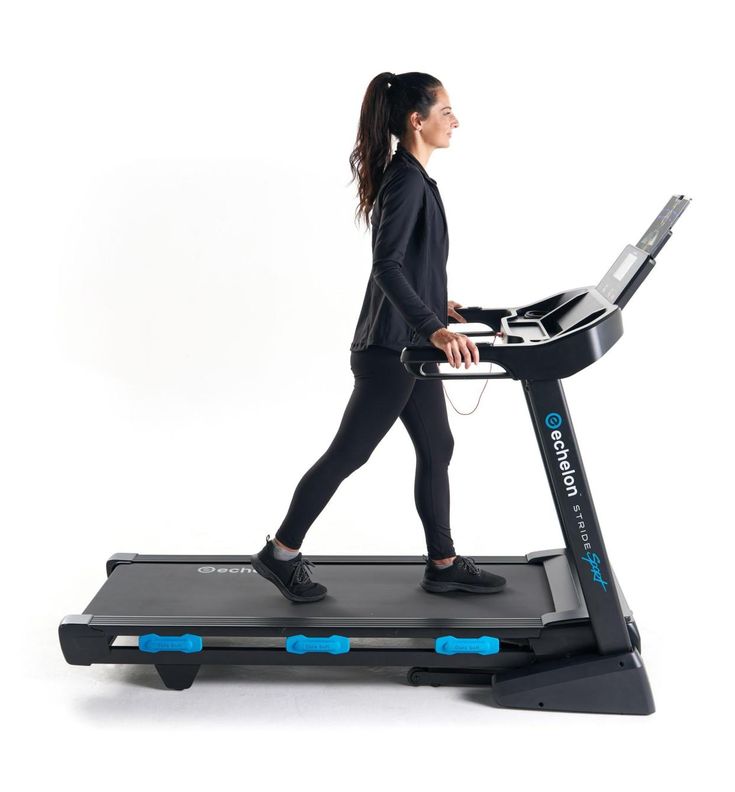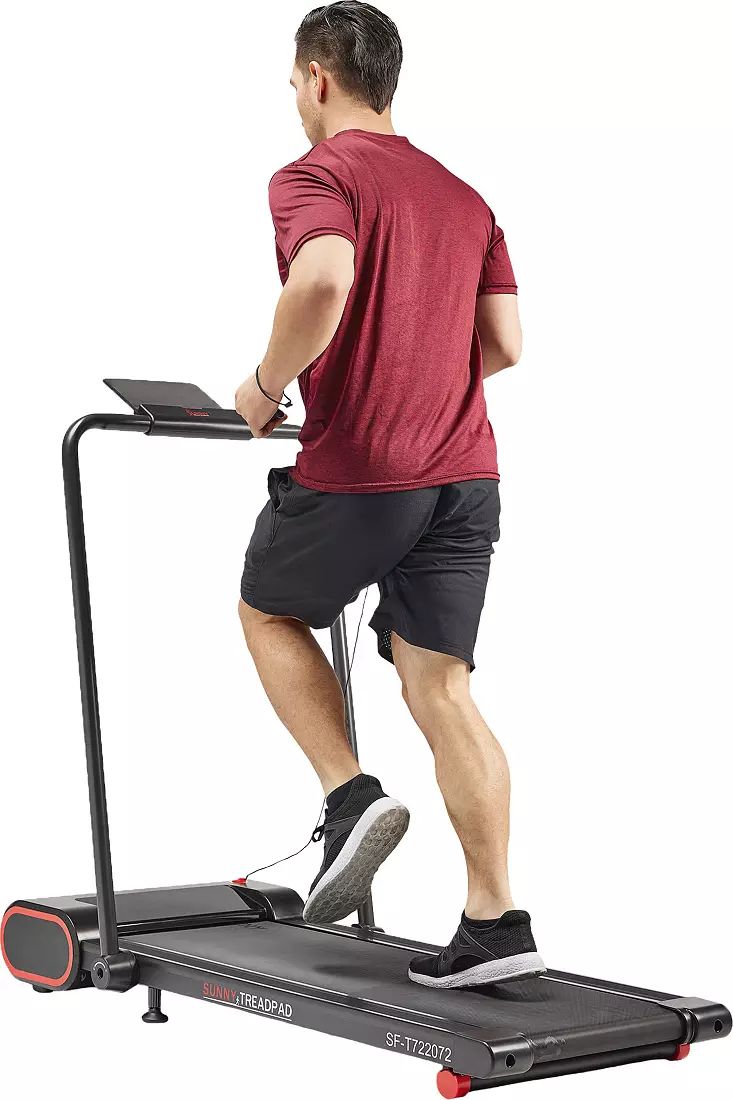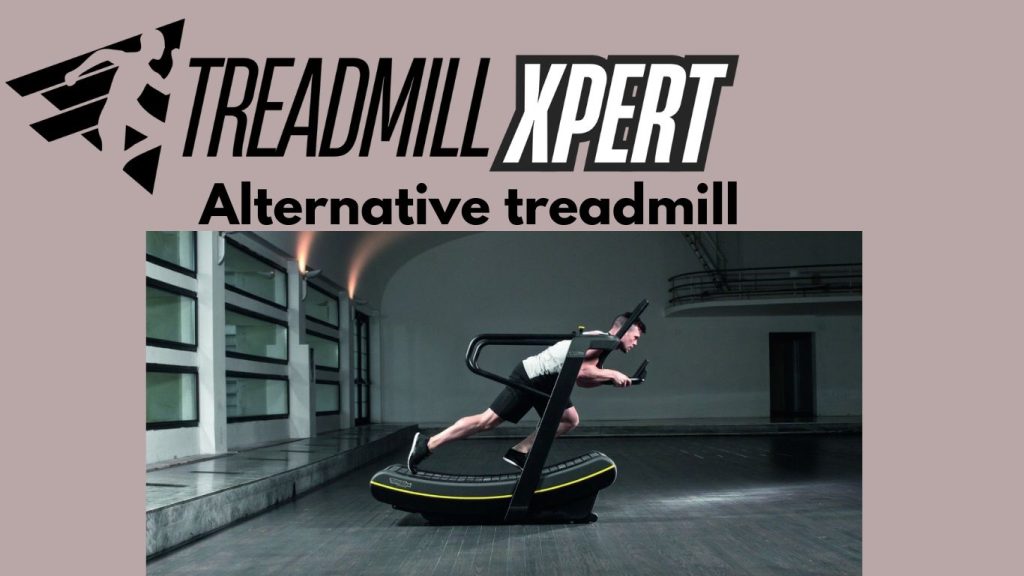What is an alternative treadmill?
An Alternative treadmill, also known as an anti-gravity treadmill, is a specialized piece of exercise equipment designed to reduce the impact of walking or running on a person’s body and make an effective workout for the user.
What are the key features of an Alternative treadmill?
The key features and uses of an Alternative treadmill are Partial weight-bearing, Air pressure technology Rehabilitation tool, Sports training, Adjustable settings, Gait analysis, and Medical applications.
-
Partial weight-bearing: It allows users to exercise at a fraction of their body weight, typically anywhere from 20% to 100% partially weight-bearing;
-
Air pressure technology: The treadmill uses a pressurized air chamber to lift the user gently, reducing the load on their lower body, which is different from other treadmills;
-
Rehabilitation tool: It’s commonly used in physical therapy and rehabilitation settings for patients recovering from injuries or surgeries, so it is very effective for patients;
-
Sports training: Athletes use it for low-impact training or to maintain fitness while recovering from injuries, so it is best for the trainer;
-
Adjustable settings: Users can precisely control the percentage of body weight they bear during exercise on the treadmill;
-
Gait analysis: Some models include cameras and software of alternative treadmill for analyzing walking or running patterns, which is a giant analysis;
-
Medical applications: It can benefit patients with neurological conditions, arthritis, or obesity. It is most used in the medical field;
The Alternative treadmill allows people to exercise or undergo rehabilitation with reduced stress on their joints and muscles, for the knee patient, it makes it easier to regain strength and mobility while minimizing the risk of further injury.

What is the technology of the alternative treadmill?
The Alternative treadmill uses a unique technology to create its partial weight-bearing effect for heavy users. Here’s a more detailed explanation of the technology behind the Alter G, like the Enclosed Airframe, Pressure Control System, Lifting Force, Pressure Monitoring, Treadmill Integration, and Gait Analysis (optional):
-
Enclosed Chamber: Surrounds the user’s lower body up to the waist; airtight and capable of being pressurized
-
Pressure Control: Air compressor supplies pressurized air; adjustable from 20% to 100% of the user’s body weight
-
Lifting Force: Pressurized air generates buoyant force; reduces effective body weight and impact on joints
-
Pressure Monitoring: Sensors track internal pressure; system auto-adjusts to maintain set weight support
-
Treadmill Integration: High-quality treadmill built into the chamber; supports walking, jogging, and running
-
Gait Analysis (Optional): Advanced models feature cameras and software; provides movement insights for therapy or coaching
The core technology that enables Alternative treadmill unique partial weight-bearing capabilities for knee patients is the combination of the pressurized chamber, precise pressure control, and integration with a treadmill. This innovative approach allows for low-impact exercise and rehabilitation while still providing the benefits of treadmill training for beginners.
Why did we use the alternative treadmill?
The Alter G treadmill, also known as an anti-gravity treadmill, is vital for rehabilitation, sports medicine, fitness training, and other effective user workouts.
-
Reduced Impact: Air pressure supports the user’s body weight partially; reduces joint and muscle impact during exercise or workouts, beneficial for patients or older users
-
Injury Rehabilitation: Decreases load on injured areas; helps patients start walking or running earlier in recovery, ideal for beginners
-
Gradual Progression: Users can gradually increase weight support; allows controlled return to full weight-bearing activities or workouts
-
Pain Management: Reduced impact allows exercise with less pain or fatigue; especially beneficial for those with chronic conditions like arthritis or lower back pain
-
Cardiovascular Fitness: Maintains or improves cardiovascular fitness during recovery; effective for those unable to perform full weight-bearing exercise, such as obese individuals
-
Gait Training: Provides a safer environment to correct abnormal walking patterns; more effective than other treadmills for gait correction
-
Sports Performance: Athletes can train at higher intensities with reduced risk of overuse injuries; beneficial for enhancing performance without strain
-
Weight Management: Offers a comfortable and safe exercise environment for overweight or obese individuals; promotes exercise for beginners or patients
-
Neurological Rehabilitation: Supports walking practice for patients with conditions like stroke or Parkinson’s disease; provides a controlled, supportive environment
-
Confidence Building: The treadmill’s support boosts patient confidence; helps those anxious about returning to normal activities post-injury
-
Overall Benefits: The Alter G treadmill offers diverse advantages for health, fitness, and rehabilitation across various user needs
What are the advantages of altering the treadmill?
The key advantages are reduced joint stress, Earlier rehabilitation, Pain reduction, Improved gait mechanics, Cardiovascular Maintenance, Weight loss support, Enhanced athletic performance, Neurological rehabilitation, and precise body weight control.
Alter G Anti-Gravity Treadmill Analysis
Key Features
-
Precise Body Weight Reduction: Reduces 20-100% of body weight; customizable support for individual needs
-
Real-Time Video Monitoring: Monitors gait and form with live video feedback; enhances exercise and rehabilitation effectiveness
-
Pressurized Air Chamber Technology: Uses air pressure to support weight reduction and provide a controlled environment for users
-
Specialized Calibration: Customized settings for each user; ensures optimal support and comfort
-
Integrated Pain Scale Monitoring: Tracks user-reported pain levels during exercise; aids in adjusting settings for comfort and safety.

Clinical Benefits
-
Rehabilitation Post-Surgical Recovery: Supports early return to walking/running; helps regain strength and mobility faster
-
Controlled Weight-Bearing Progression: Gradual weight-bearing recovery; reduces the strain on healing areas
-
Reduced Risk of Compensation Injuries: Decreases the likelihood of compensating for injuries by properly supporting the body
-
Sports Medicine: Assists with safe return-to-sport protocols; helps athletes resume training without risking further injury
-
Maintenance of Cardiovascular Fitness: Enables cardiovascular training during recovery; maintains fitness levels despite physical limitations.
It provides Sport-specific movement training and Reduced deconditioning during recovery.
Medical Applications Neurological Conditions Improved gait training for stroke patients and Enhanced balance for Parkinson’s patients
It can be a Safe mobility practice for MS patients and Increase confidence in the movement of the alternative treadmill. The alternative treadmill is best for cardio workouts.
